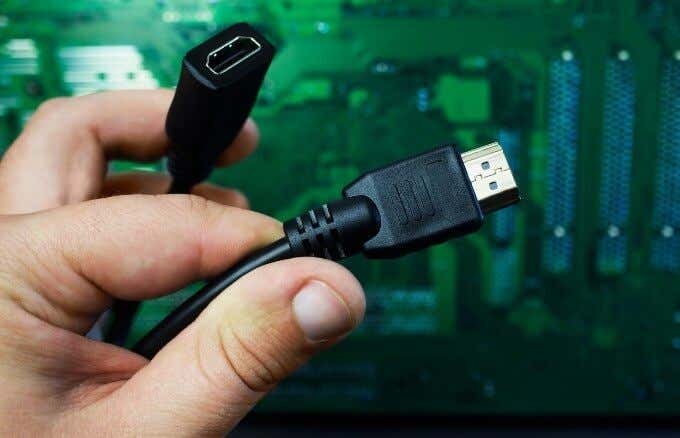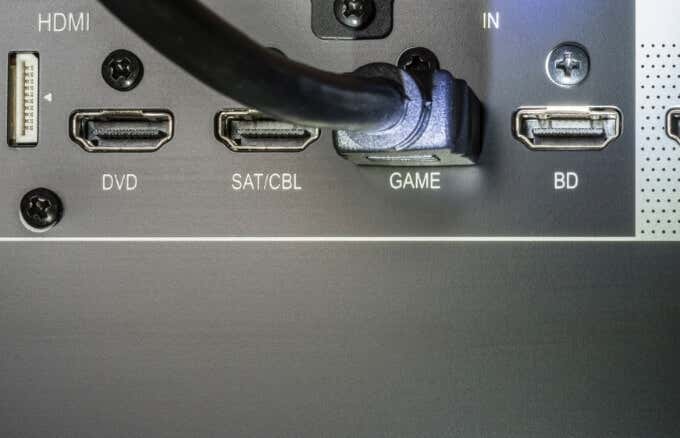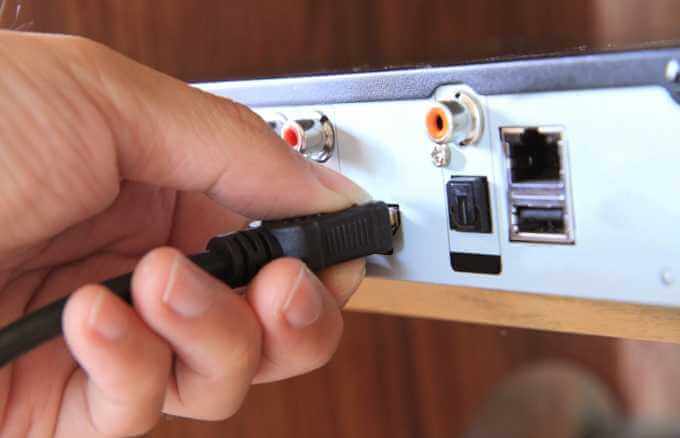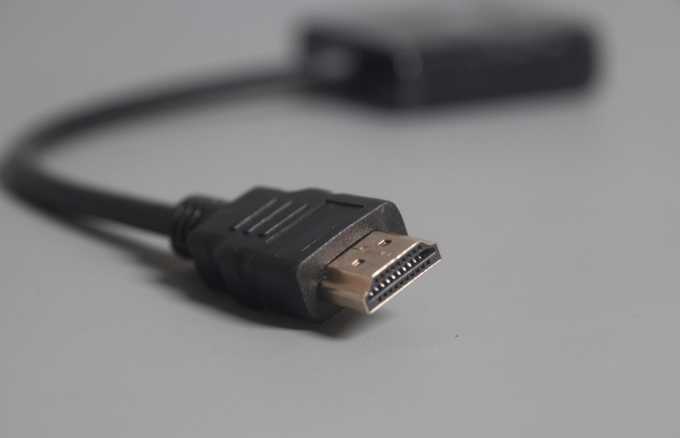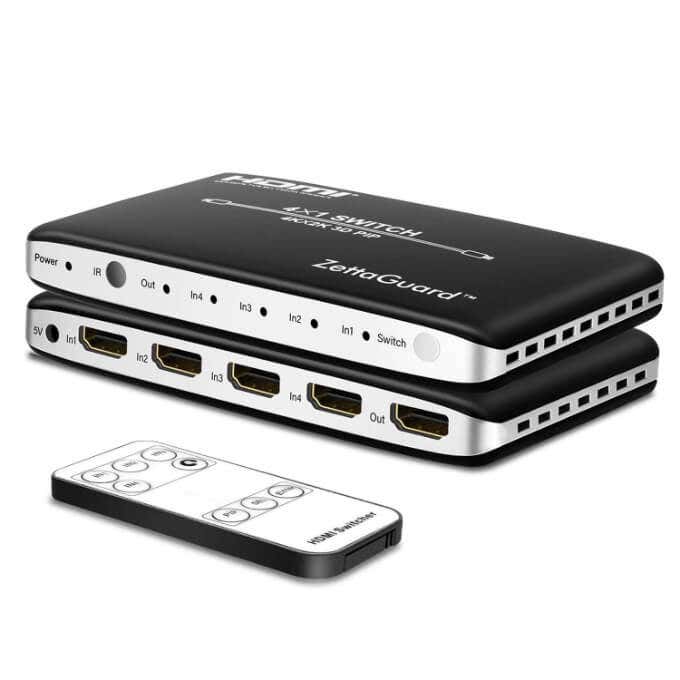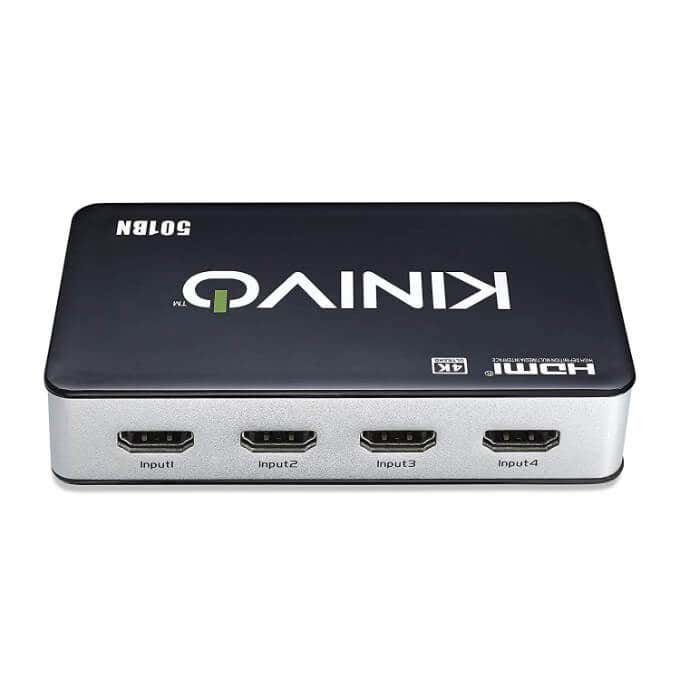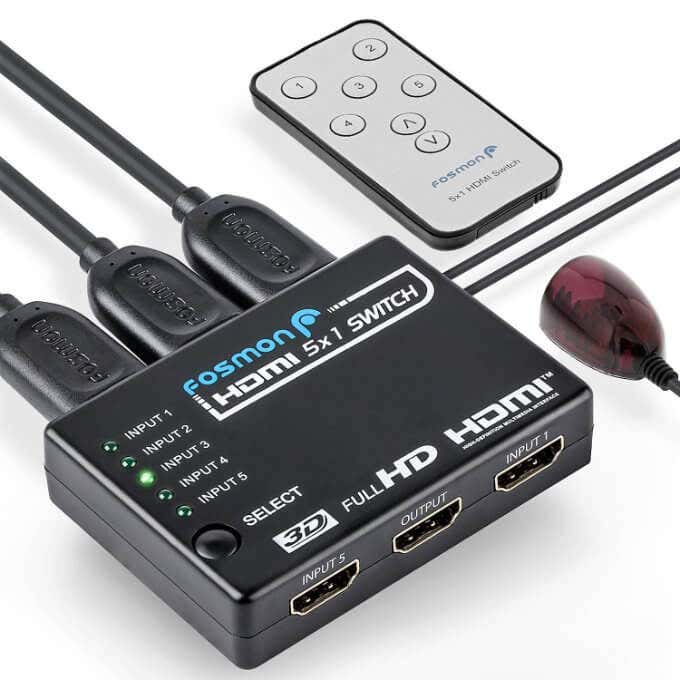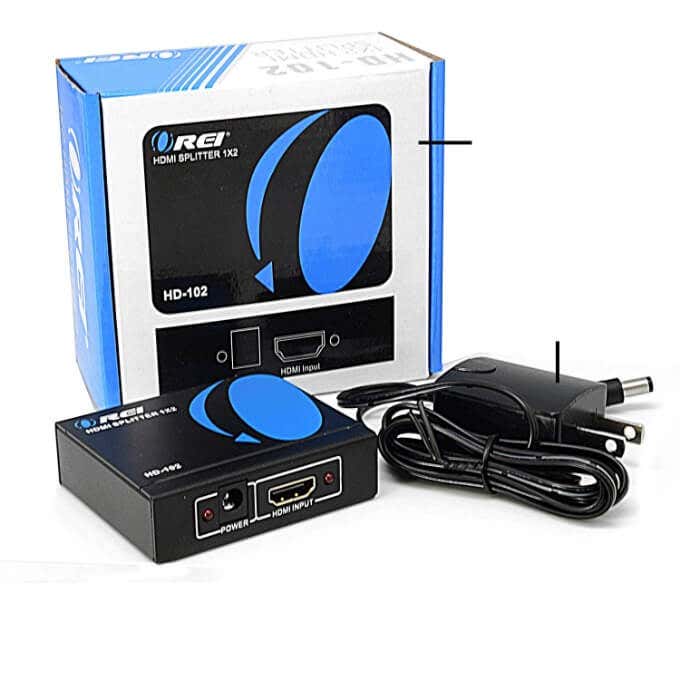The audio and video are split into two separate streams, which are fed to separate monitors or TVs at the same time. If you don’t have enough inputs on your AV or TV receiver, and want to connect multiple TVs to a single source, you can use an HDMI splitter to split the HDMI signal for this purpose. It’s also an inexpensive way of sorting out all the wires around you for a neater space when you have too many cables to swap, and keeping your gear useful and relevant. However, to use an HDMI splitter, it has to be compatible with the resolution you want to send, and it should be able to work well because most of them don’t.
How Do HDMI Splitters Work?
HDMI is the signal format for HD video, and with it came various options for modifying, boosting or regulating the signal. An HDMI splitter is one of the simplest and most versatile ways of splitting an HDMI signal to send it across multiple displays. It’s easy to deploy by just plugging it in and setting it up in your living room or workspace to connect to the source and output to multiple devices. For example, if you have a Blu-ray player, you can plug it into the splitter, which is plugged into your multiple displays, and they’ll both receive the same picture in full-HD, with the same audio that the Blu-ray player sends out. HDMI splitters take the signal from your source device and send the same signal to other displays, as in the case of the Blu-ray player (source) and the TVs (displays). Some HDMI splitters double as HDMI switches, which take multiple HDMI source devices that you can switch or choose between and send one cable to a single TV. If you get an HDMI splitter and find that it doesn’t split HDMI signals, it’s probably because of the High-Bandwidth Digital Content Production (HDCP) – a feature built into media streamers, TVs, and cables that ensures you’re not playing pirated content. HDCP protects content by establishing a verified connection between your media streamer and the screen, encrypting the signal to prevent illegal or unauthorized content recording. Without a HDCP-compliant setup, whether it’s the HDMI splitter or the video, nothing will work and you’ll likely end up seeing error messages instead of the content you’re trying to stream. The splitter handles HDCP signals and digital handshaking to read and match signals expected by each device so there are less setup mishaps and signal incompatibilities. Some HDMI splitters can circumvent the HDCP restriction though. This is possible because of the fallback mode within HDCP that allows any compliant content to revert to a lower resolution and plays normally, where the setup is non-HDCP-compliant. Note: If you’re going to use the HDMI splitter for fair-use applications like making legal backups of your property, recording yourself while gaming, and similar uses, it’s not illegal to split an HDMI signal. However, if you plan on using it to copy and distribute content without authorization, it’s illegal to split the HDMI signal.
Best HDMI Splitters to Buy
When looking for an HDMI splitter, check for HDMI version 1.3 (a or b) and 1.4 splitters as they offer one input and three or four outputs. Check whether the splitter you want comes with a power adapter and offers a high amount of energy to be efficient, has a long enough cable to connect your devices, and its resolution is adequate enough to transmit high-quality graphics without distortion. The splitter should also be compatible with your devices, be reasonably priced, and comes with an extensive warranty that covers it for a long time in case of any mishaps so you can get it repaired or replaced if possible. The best splitters let you connect and transmit audio and video over different devices, plus they’re HDCP-compliant and durable. Below are some of the best, high-rated ones you can buy.
Zettaguard ZW-140
This HDMI splitter is practical, stylish, and offers a lot more than many other HDMI splitters on the market. It features status indicators at the front, while the input port, outputs, and power supply connector at the back so it’s easier to track which displays you’re using. This is unlike other splitters that place these on the side or front of the device. There are also open side vents that keep it from overheating. To setup the device, plug the HDMI input and output sources into the splitter and it’ll transmit the signal to your devices. It offers High Definition resolutions for watching movies or gaming, but can also accommodate lower resolutions if you have an older screen model. It also offers support for all audio formats available.
Kinivo 501BN
This HDMI splitter lets you connect up to five HDMI input devices to a single output display so you can reduce the wire clutter on your space for seamless transition. It supports 4K 30hz resolution, 1080p, and immersive 3D content so you can experience your favorite movies or games in crisp and crystal-clear quality. The device’s body is built with hybrid aluminum and all its ports are at the back with front status lights for power. Plus, it automatically switches depending on the active input so you can enjoy your viewing without setup hassles, but you can still switch manually from the Infrared (IR) remote. Kinivo offers a one-year warranty with a lifetime of support though this is limited to the U.S.
Fosmon HD 1832
This reasonably priced HDMI splitter may not have well organized ports like the others mentioned here, but it’s a top pick for value as it gives you five extra HDMI ports and an accurate IR remote you can use to switch between them. It works well with several devices, and supports resolutions of up to 1080p and 3D, plus HDMI version 1.3b and HDCP 1.1. A one-year warranty is available plus customer support via email.
OREI
This is a 1×2 HDMI splitter so it offers less in terms of output, but it’s ideal when you want to split an HDMI signal to send large amounts of data over different platforms at a go. It’s durable, efficient, and provides extensive support for a variety of audio formats like Dolby-AC3 and TrueHD, or LPCM, among others. Among the features you’ll find on the OREI HDMI splitter include a bulky duty metal enclosure that protects the device and helps with heat dissipation, plus a plug-and-play mechanism that doesn’t need any technical knowledge or experience to on your part to setup and use. It’s economical, operates with high-quality resolution display, and can be connected for Full HD output, though it doesn’t necessarily meet or suit everyone’s needs.
